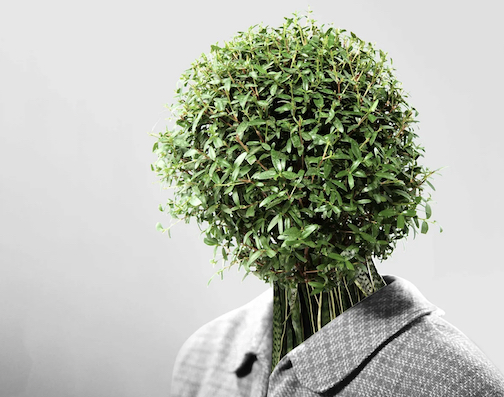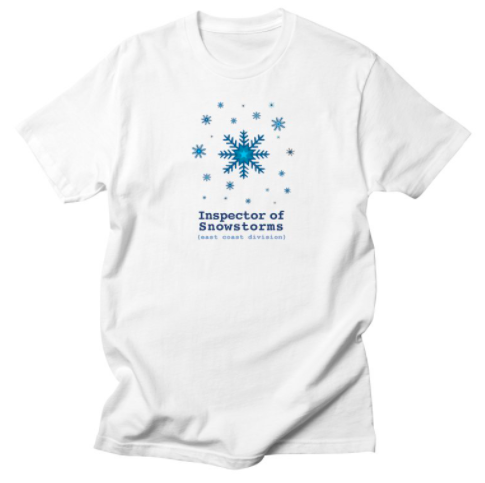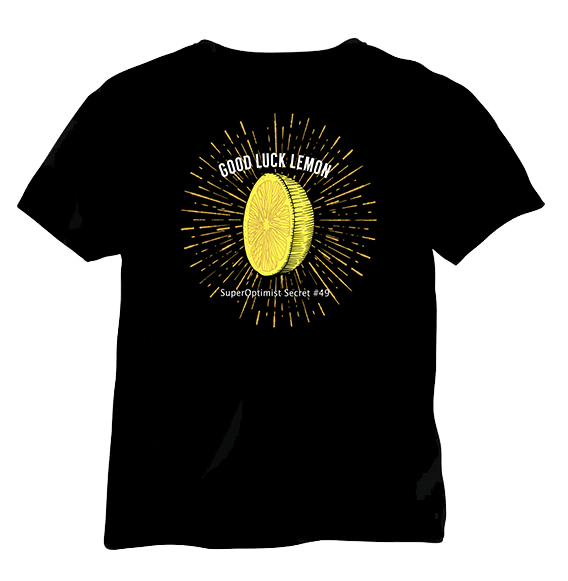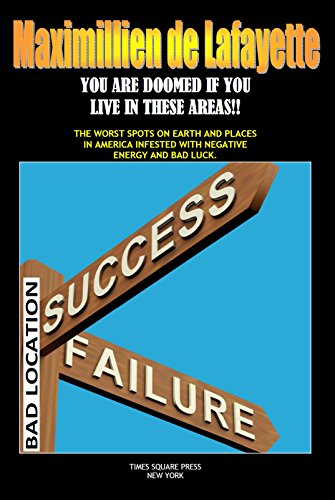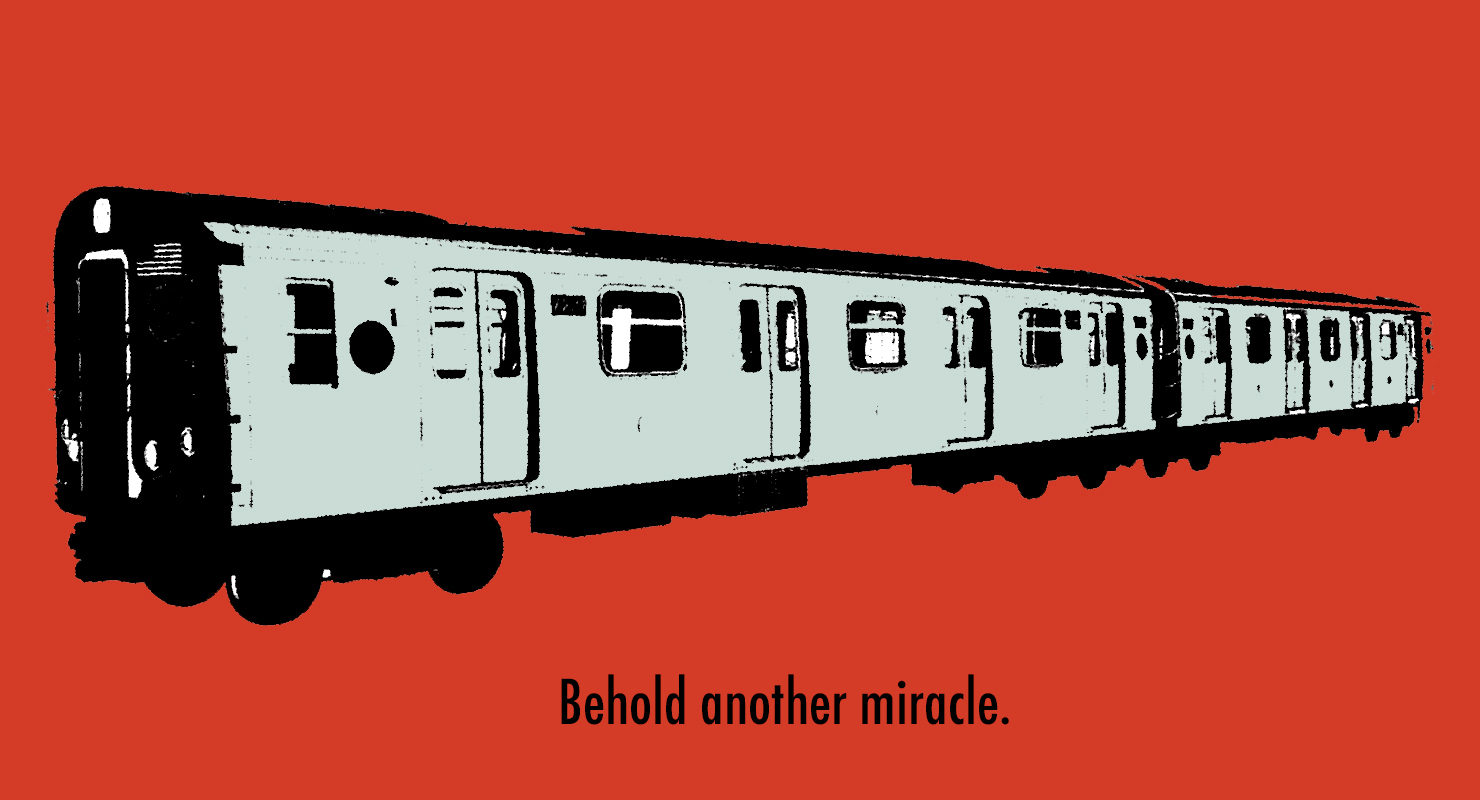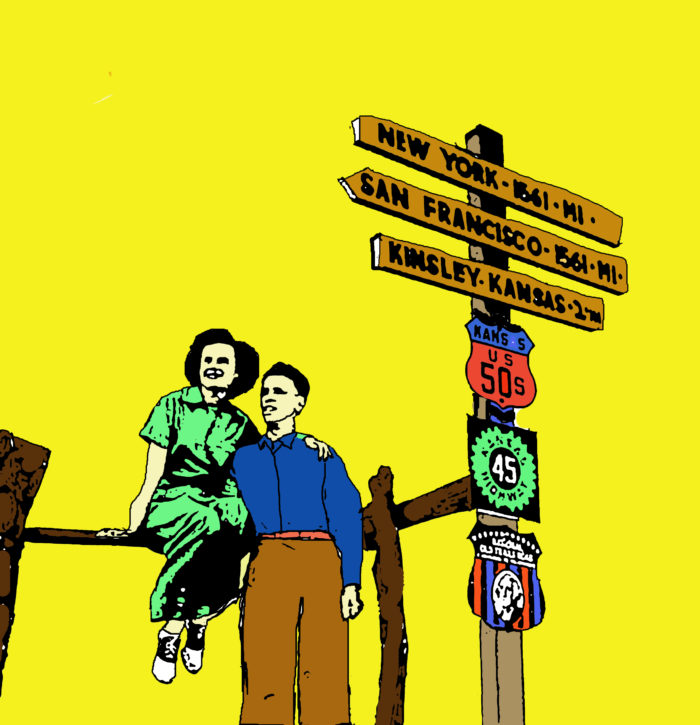
As America continues to lead the world in racing from place to place, grasping at riches and attempting to stay busy for fear of missing out (on what, we’re not sure), we are reminded of an old adage that exhorts us to pause in our frenzy and actually acknowledge the moment we find ourselves in.
For that, we have a Mr. Walter Hagen to thank. The dapper Mr. Hagen was neither a Buddhist practitioner or a self-help author, but a seminal figure in the world of golf. His winning ways ushered in a world of riches for professional athletes, as he became the first to earn a million dollars playing a sport for a living.*
What he said was: “You’re only here for a short visit. Don’t hurry, don’t worry. And be sure to smell the flowers along the way. ”
Notice Hagen didn’t just choose roses to sniff. That’s a relief, as it gives us more opportunity to appreciate all flowers along the way. Jasmine, hyacinth, peony, wisteria: each deserves our undivided attention.
But why just limit your olfactory sense to flowers? To be truly awake and in the moment, we suggest you take a good whiff of everything that crosses your path.
We’re not just talking about the good smells either — a fresh-baked cherry pie cooling on the window ledge of Aunt Millicent’s kitchen, or that sweet huff of unleaded gasoline while you fill up at the Exxon station. Focus your nose on the questionable smells too, like a New York subway platform on a hot summer day, rotting fish left out to wither in the sun at the seafood market, even a freshly minted poop from your labradoodle Sadie. Such smells wake us up to the moment, and should not be pushed away just because we find them off-putting. They’re just as valuable in our ongoing education as the waft of evergreens in a forest or a demitasse of freshly made espresso.
And speaking of Sadie the labradoodle, you might notice just how devoted she is to smelling the world, whether it be a pant leg, a tree trunk, or a Goodyear steel-belted radial. Like all dogs, Sadie possesses up to 300 million olfactory receptors in her nose, compared to a mere 6 million in humans. And the part of a dog’s brain that is devoted to analyzing smells is, proportionally speaking, 40 times greater than ours. No wonder the cops are always walking a Labrador around the airport in search of the odd bag of cocaine.
So take your olfactory senses for a walk and get a whiff of everything. Though when sniffing fellow humans, be discreet. Some take offense if you get to close. Even though it is only natural!
*Hagen once stated that he “never wanted to be a millionaire, just to live like one.” A fortunate man, he achieved both!

